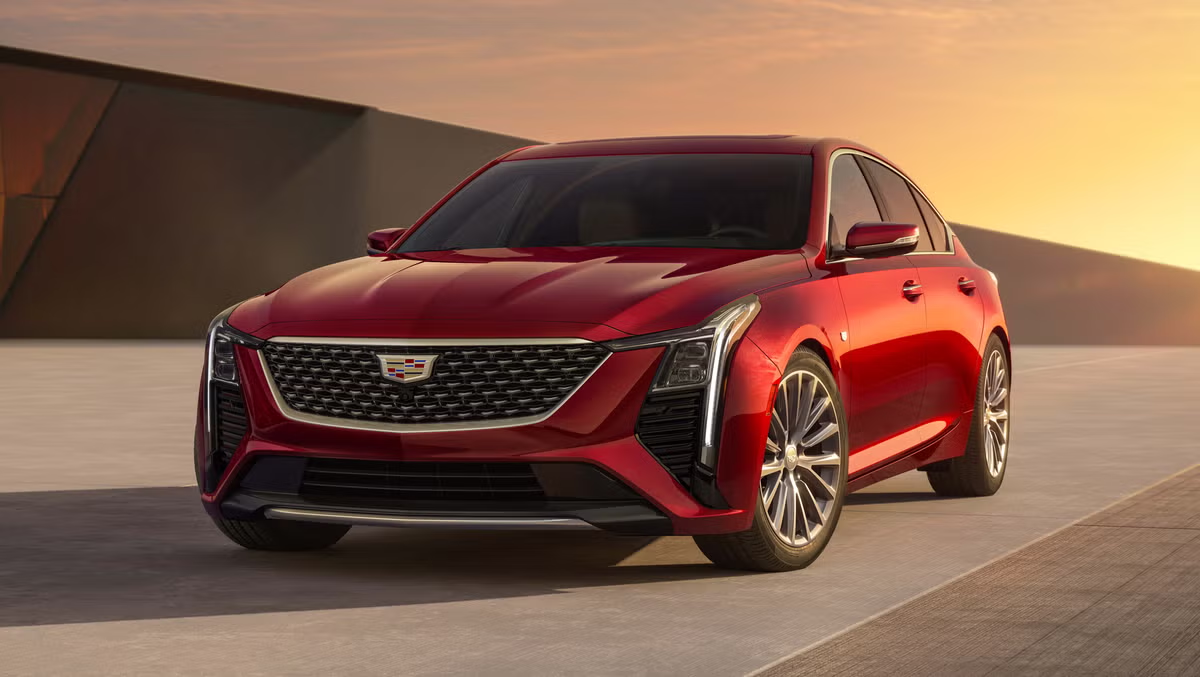LONDON – The MG4’s late summer debut is a milestone moment for a new generation of electric vehicle tech, according to a quick scroll through headlines from industry publications that are following the ride’s development.
MG4 is a sporty-looking hatchback from British automaker MG Motor, which China’s SAIC Motor owns. It’s turning heads for several reasons, including having the first mass-produced semi-solid battery. It’s billed as having an impressive 333-mile range and a sub-$17,000 price tag, per InsideEVs. The U.S. Department of Energy listed the median EV range for model year 2024 at 283 miles, for reference.
“Too bad it won’t come to the U.S. This is the type of EV that’s actually been missing stateside,” the publication’s Suvrat Kothari wrote about the MG4, Yahoo Tech reports.

Chinese rides have a tough road to the American market thanks to tariffs and outright bans spanning administrations. The rules are designed to protect American automakers and the domestic job market from a flood of ultra-cheap imports. National security is also part of the policy discussion, according to NPR and Reuters.
For MG4’s part, its partially solid electrolyte is a next step toward a fully solid one. When batteries operate, ions move between two electrodes through the electrolyte, as described in a DOE fact sheet. Most EVs have a liquid middle, which is safe and reliable, but flammable. While EV fires can be catastrophic, they are less likely to happen than gas car blazes, according to multiple reports.
Solid-state packs are safer, lighter, charge faster, and last longer than typical batteries. But the cost of mass producing them has been a big challenge, Top Gear reported. The MG4’s gel — not quite a solid or liquid — could be the interim solution that provides partial solid benefits while experts work to scale the tech. InsideEVs reported that the cleaner ride will have 5% liquid in its electrolyte.
“Now, in the world’s largest EV market, we’re seeing the first signs of that future coming to life,” Kothari wrote
Global EV sales are expected to set a record this year at 22 million cars — a 25% increase from 2024. About two-thirds of the sales are in China as the U.S. market slows, thanks partly to President Donald Trump’s spending bill. It ends tax credits worth up to $7,500 years early on Sept. 30, all according to BloombergNEF and Edmunds.
Buying an EV before the end of September can secure the incentive, as well as a cleaner ride that will save up to $1,500 annually on gas and service costs. Many states still offer perks for making the switch, as well. That’s in addition to reducing thousands of pounds of heat-trapping air pollution for each EV that replaces a gas car, per government data. Studies link the tailpipe exhaust to numerous health problems, including cancer. Harvard research “linked” decreasing the fumes to fewer pollution-related deaths.
Greater pollution reductions and financial savings can be realized with a rooftop solar setup. The free sun-based electricity can be used to charge your new EV. EnergySage is a vetted resource that can help you lock in tax incentives while they last — and find an installer — saving thousands on upfront costs.
What’s more, all isn’t quiet on the western solid-state front. Massachusetts-based Factorial Energy is working on the game-changing tech, as well. The battery maker and Mercedes have also partnered to develop a semi-solid version that is being tested on the road, IEEE Spectrum reported.
Stateside, the EV type is “something EV fans have been clamoring for,” Kothari wrote.






